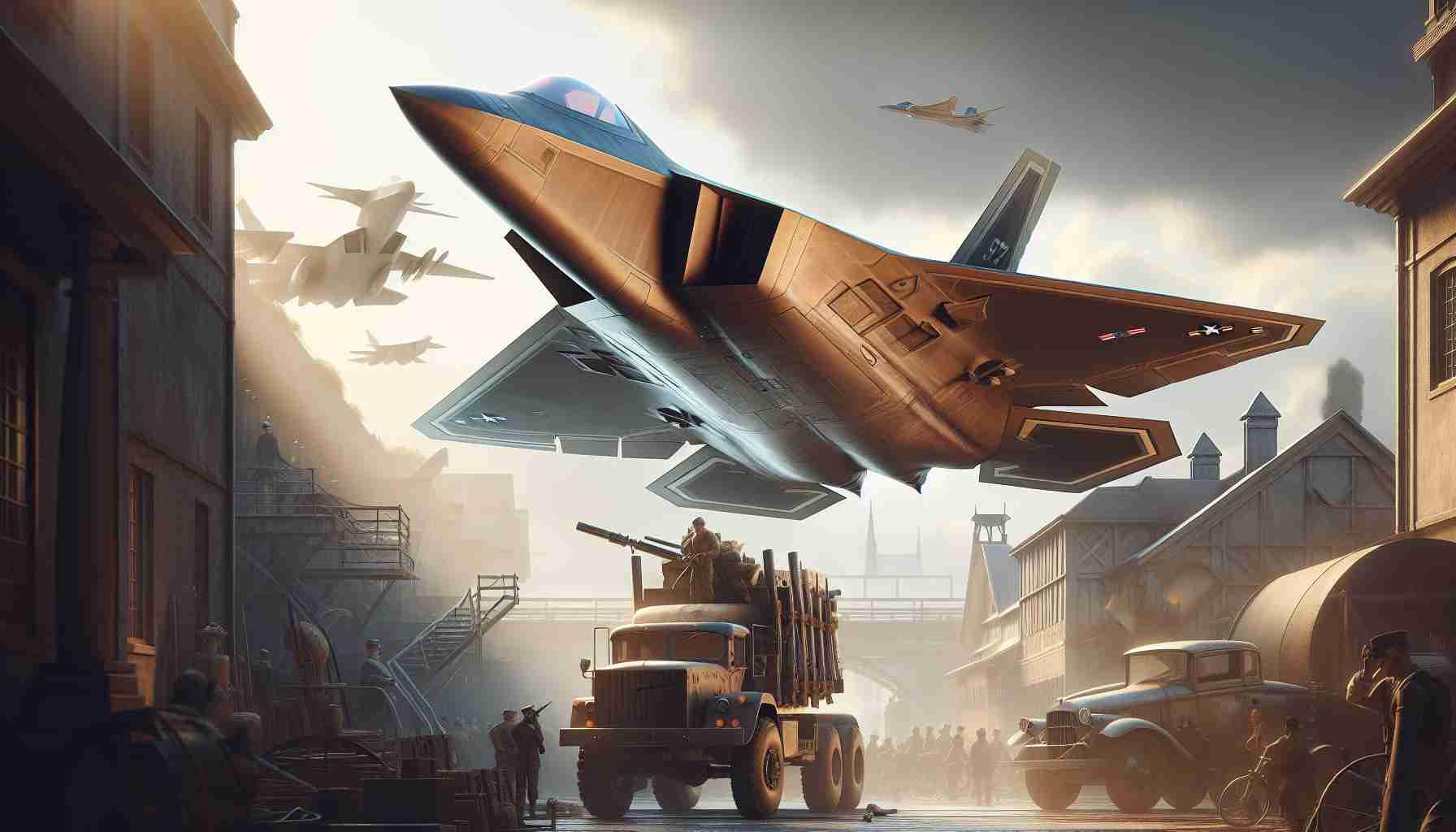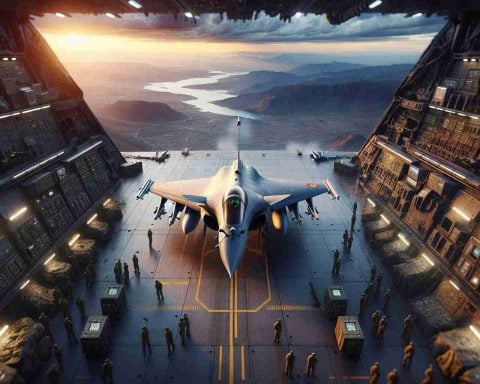In the annals of military aviation, few stories captivate like the rivalry between the YF-23 Black Widow II and the F-22 Raptor. Both competitors in the race to become the United States Air Force’s next top air superiority fighter in the 1990s, these aircraft were marvels of stealth, speed, and combat prowess.
The U.S. Air Force, aiming to secure dominance over Soviet-era jets, demanded a game-changing stealth fighter in the late 20th century. Competing for this honor were Northrop’s YF-23, an unconventional delight of aerodynamics, and the more traditional yet innovative YF-22 from Lockheed. While both jets checked all the boxes of next-gen warfare, it was perception and reputation that ultimately elevated the YF-22 to the winning pedestal.
Lockheed Martin’s F-22 Raptor, which traces its lineage to the YF-22 prototype, edged out its Northrop counterpart largely due to the splashy displays of performance. Test flights showcased the Raptor’s agility and strength in dramatic fashion; maneuvers seemingly performed with ease captured the imaginations of many. In contrast, the YF-23, though offering superior stealth and range, did not steal the spotlight in the same way despite its equally formidable capabilities.
Today, while the F-22 reigns supreme in the skies, questions continue to arise about what might have been had the YF-23 spread its wings. With limitations on production and emerging technological challenges facing the F-22 fleet, enthusiasts and experts alike speculate about the potentially different trajectory of American air power had Northrop’s stealthy contender clinched the win.
Could the YF-23 Have Changed the Course of Military Aviation?
The rivalry between the YF-23 Black Widow II and the F-22 Raptor in the 1990s remains a significant chapter in military aviation history. While the F-22 ultimately triumphed, ongoing discussions surround the innovative features and potential of the YF-23, leading to intriguing “what-if” scenarios.
Innovations and Features: The YF-23 Legacy
Although it did not win the contract, the YF-23 Black Widow II was recognized for its groundbreaking design and technological advancements. One of its standout features was the exceptional stealth capabilities it offered. The YF-23’s design minimized radar cross-section more effectively than many of its contemporaries.
Further, its aerodynamic profile and engine placement gave it superior range and speed capabilities. These features hinted at a different direction for stealth and fighter technology, one that prioritized evasion and long-range engagements, potentially altering tactical doctrines.
Hypothesizing Future Aviation Trends with the YF-23
The adoption of the YF-23 could have accelerated specific trends in contemporary aviation. Its stealth superiority might have influenced the development of follow-up models in unexpected directions, prioritizing invisibility over agility. This shift could have impacted future aircraft design and global stealth technology moves, ushering in a new era of aerial combat strategies.
Additionally, it might have led to alternative approaches in budget allocations and production priorities within the Air Force, possibly affecting subsequent projects like the F-35.
Comparing YF-23 and F-22: Pros and Cons
YF-23:
Pros:
– Advanced stealth capabilities
– Extended range and superior speed
– Innovative aerodynamic design
Cons:
– Less agility compared to the F-22
– Lower public and military enthusiasm
F-22:
Pros:
– Unmatched agility and combat performance
– Established reputation and strong public support
– Effective demonstration of capabilities
Cons:
– Limitations in production numbers
– Challenges in long-term technological updates
Revisiting the Decision: Controversies and Insights
The decision to favor the F-22 over the YF-23 continues to stir debate among aviation experts. Critics argue that the choice was heavily influenced by the dramatic presentation of the F-22’s capabilities, overshadowing the stealth prowess of the YF-23. Proponents of the decision highlight the F-22’s proven track record in performance and reliability as a critical factor.
Security Aspects and Predictions for Future Development
Security experts have also speculated on how the YF-23’s incorporation might have affected military strategies. Its design philosophy may have driven enhancements in stealth technologies faster, creating a ripple effect influencing global defense postures.
In predicting the future, the lessons learned from the YF-23 could guide upcoming sixth-generation fighter projects, with manufacturers revisiting some innovative elements it introduced.
For more detailed exploration into military aviation advancements, visit Lockheed Martin and Northrop Grumman.


















